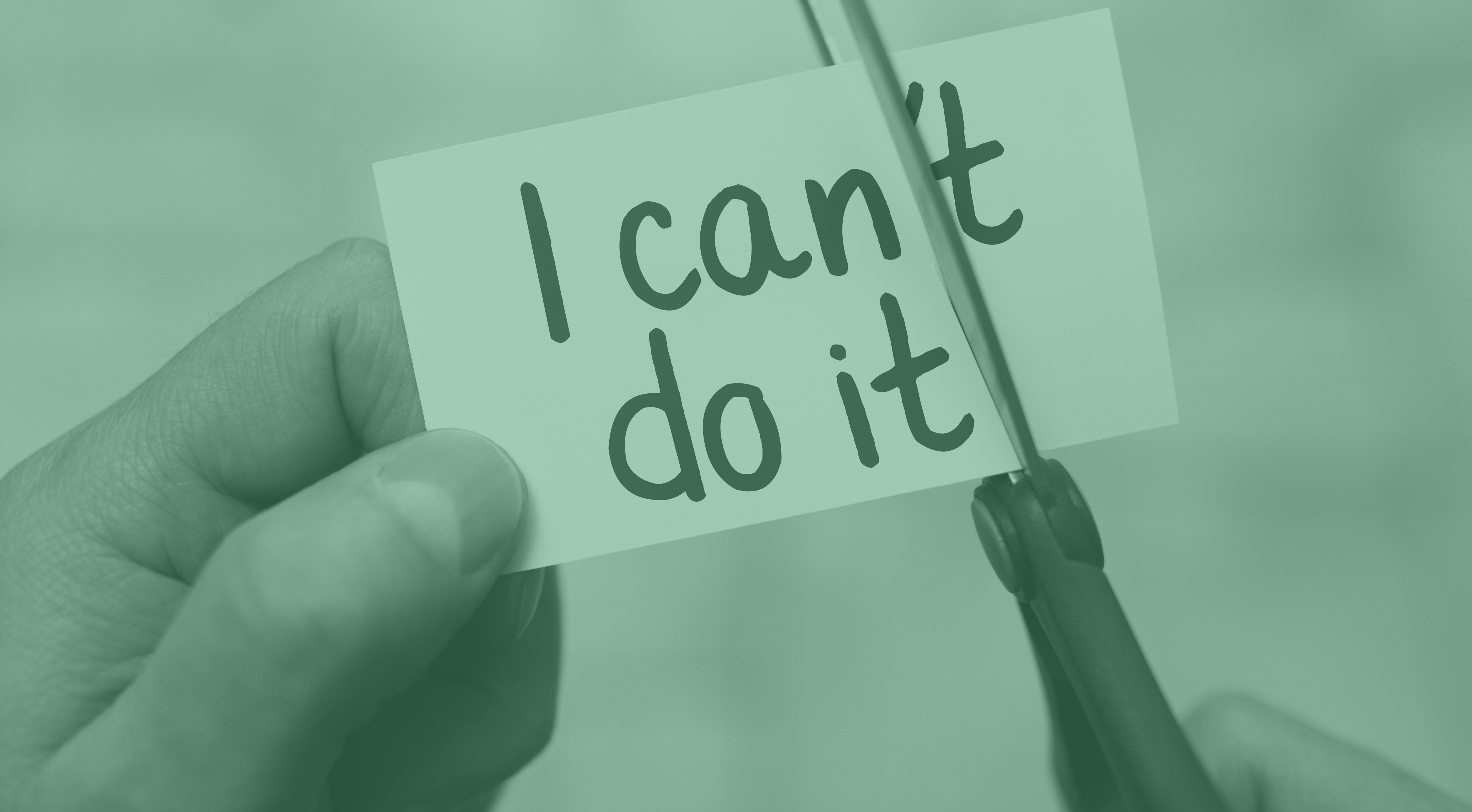A climb that began after my stroke, which left me navigating a terrain of repeated daily brain blips, is understanding what deficits I was left with. It’s been a challenge, but I’ve recently received the results from my neuropsychiatric evaluation that explain my post-stroke struggle with new learning. The diagnosis is mild vascular neurocognitive disorder with deficits in verbal learning, with relative weaknesses in verbal processing, verbal fluency, and verbal intellectual skills.
So I’m not crazy! I began to question if I’ve always had these challenges . I had to keep pushing forward, no matter how challenging it is to deal with insurance and doctors controlling your destiny, in order to validate that my stroke has changed the way I think and learn.
I’ve been equipped with some tools by my neuropsychiatrist to help make the ascent a bit smoother. And, because we’re in this together, I’m passing these strategies on to you.
Navigating New Learning Challenges
Whether you’re dealing with a mild cognitive disorder post-stroke or those frustrating ‘brain blips’ that creep up with age, when simply thinking feels like swimming through honey — these strategies can be helpful to all of us.
1. The Magic of Notes
Imagine your home dotted with little notes, guiding you back to your tasks and reminding you of appointment. They’re my memory guardians. I use my mirrors as whiteboards, putting reminders on them with dry erase markers — these small anchors offer a bit of independence that’s so precious when my brain feels like it’s on standby mode.
2. Rituals and Rhythms
Rituals are the rhythm section of our daily life. Aligning tasks like taking medication, eating, and walking the dog to a set time creates a beat that our brains can follow more easily. For me, it simplifies life, reducing what feels like an exhausting cognitive load and helping me conserve energy.
3. One Stage at a Time
In a world that celebrates multitasking and doing this fast and immediately, I’m here to sing the praises of doing one thing at a time. Especially with a neurocognitive disorder, focusing on a single task is like playing a vinyl record — it’s about quality and depth, not speed.
4. Creative Learning
Here’s where memory becomes an art. Need to remember a person who’s named Jack? Picture him doing jumping jacks. It’s a creative way to make names stick.
5. A Place for Everything
Designate a home for your belongings to avoid the frustrating searches. My wallet has its spot on the hall tree; my AirPods rest on my nightstand. This strategy is about creating a living map where everything has its rightful place.
6. Echo Echo
The echo technique is my verbal hammer. Saying things out loud — names, recipe directions, and any new information — hammers them into my memory, ensuring that what’s new doesn’t just disappear in seconds.
7. Your Calendar, Your Canvas
Lastly, my calendar is the canvas where I sketch the outline of my days and weeks. It’s a tool to combat forgetting appointments and the emotional impact of missing important dates. With independent living as a goal, I work hard to manage my own calendar by confirming all appointments 24 hours in advance. Because new information is not immediately saved in my brain anymore, I often record incorrect data in my calendar. This is where I’ve chosen to act as my own scheduling confirmation service.
New Ways to Learn
These strategies aren’t just advice; they’re the scaffolding of my daily life. They help me stay mentally agile, give structure to my days, and keep my goals within sight. They’re about breaking down what used to be automatic into manageable, conscious actions.
So, as I learn and relearn, with grace and patience, I remind myself that every day is a fresh opportunity to adapt and grow.

